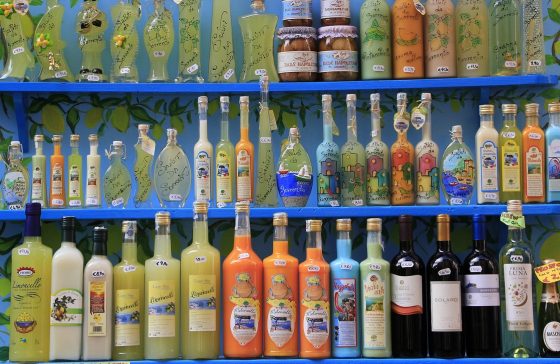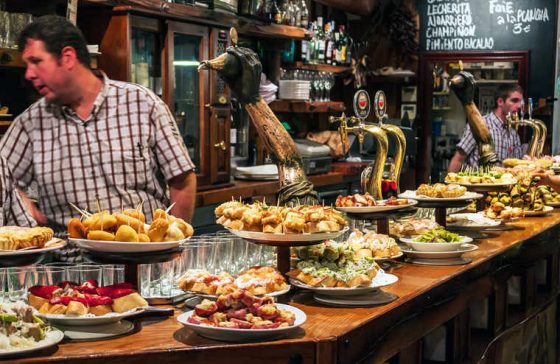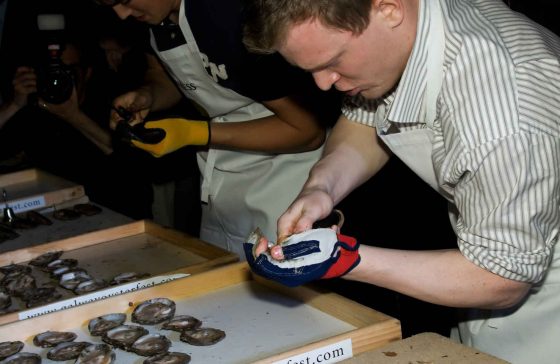Tasting new cuisine is one of the beauties of travel, but as a tourist, it can be difficult to avoid the traps that have been placed there, just waiting for you to spend way more than any local would consider respectable. To help you enjoy the best dining and snacking experience possible on your travels, we’ve compiled a list of tips on how to eat like a local – and what to avoid.
- Avoid places with obvious English menus
It can be tempting to choose an easy option where there is a menu in English proudly displayed on the front door of the restaurant – but in a land where English is not the native language, this menu is aimed at one group only: tourists.
You may come across savvy restaurants well worth your time and dime, who simply know that ensuring their menu can be read by locals and visitors alike is a wise investment. However, in most cases, a prominent menu display in English (and even worse, if they have one with multiple flags indicating various languages) means they are aiming for tourists and therefore do not produce food or offer prices favoured by locals.
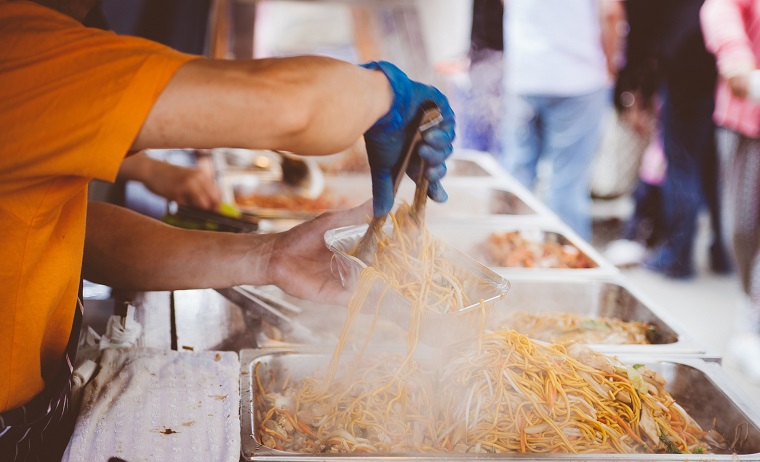
- Steer clear of promoters
Unfortunately for the well-meaning promoters, most places that choose to use them are capitalising on the tourists that pass through the city and the fact that they know little of the local dining scene. You will rarely catch promoters approaching locals; instead they most often target large groups speaking English. If you can help it, which is not so easy in some cities where tourism is a large part of the economy and many dining venues try to make the most of that, you are better off elsewhere.
- Don’t listen to the guide book
Once an eatery appears in Lonely Planet or a similar publication, it’s done. Hordes of tourists will flock there and in most cases even the most genuine ‘mom and pop’ restaurant or café will succumb to the crowds, either changing the way they run business or being so inundated with visitors the original charm of the place disappears as fast as the artisan baked goods they make each morning.

- Ask for recommendations from locals
Most often those working in the tourism sector, such as staff in your hotel or those in an information centre, will recommend the same kinds of places they think visitors want to frequent. Asking where they themselves like to eat with their friends or family can make the world of difference to the kind of recommendations you will get.
- Don’t eat near major attractions
It is extremely rare for an authentic eatery favoured by locals to be situated near a major landmark. Strolling the block surrounding La Sagrada Familia in Barcelona, you will find mostly global fast-food outlets, while near the Eiffel Tower there are only overpriced crepe stands. Venturing off the beaten track even just a little can bring you to quieter streets where eateries cater to a local crowd, likely with much more friendly prices.
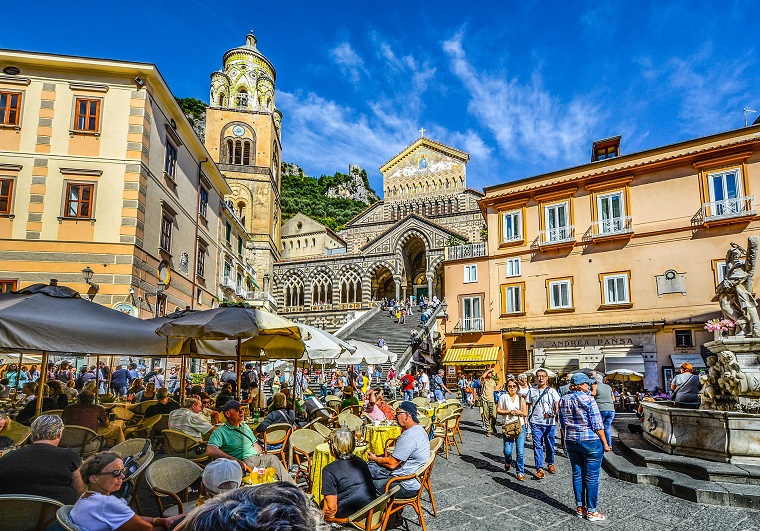
- Prepare ahead
Find out what locals eat before you travel. On the streets of Amsterdam, you will find hundreds of take-away outlets selling waffles with Nutella and Turkish places with meat that becomes more tantalising with every beer, but these are not the items of choice for the Dutch – and if you do a little research before you travel, you will know that before you even disembark from the plane.
Look up a list of the most popular local dishes to try and follow that rather than simply selecting the first place you pass with a friendly promoter brandishing a conveniently English menu.
Courtney Gahan is an Aussie serial expat, traveller and freelance writer who has bartered with Moroccan marketeers, seen the sun rise at Angkor Wat and elbowed her way through crowds on NYE in NYC. Currently based in Amsterdam.

